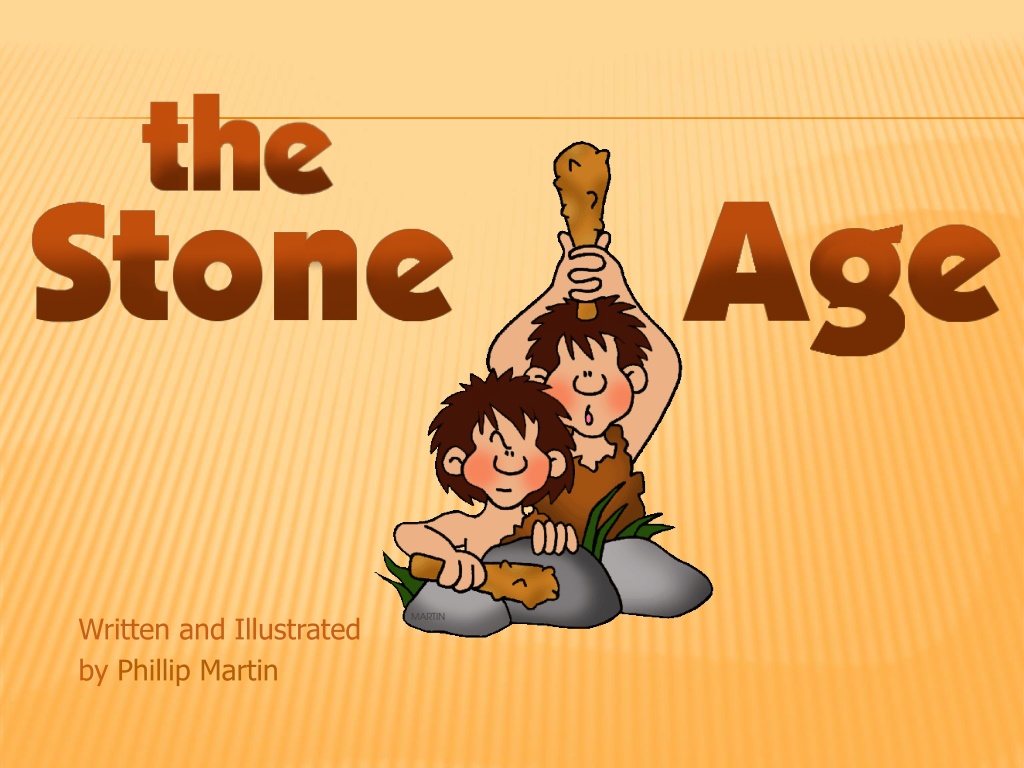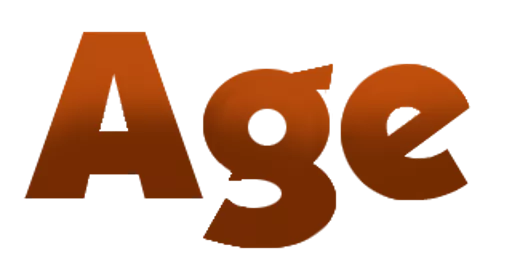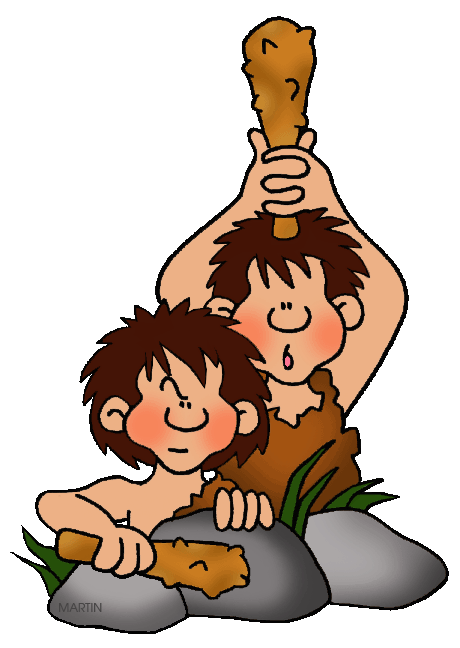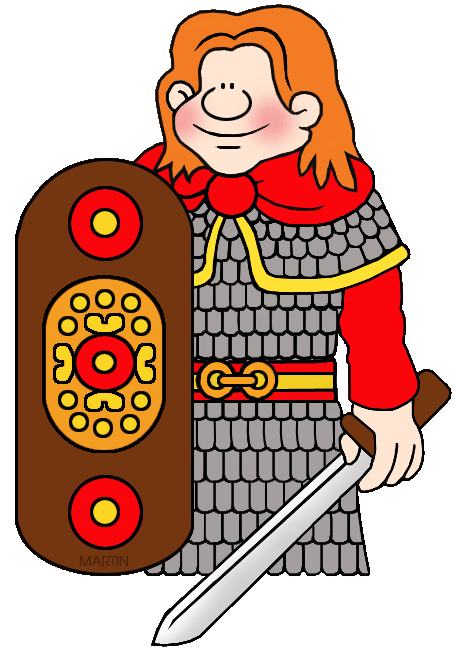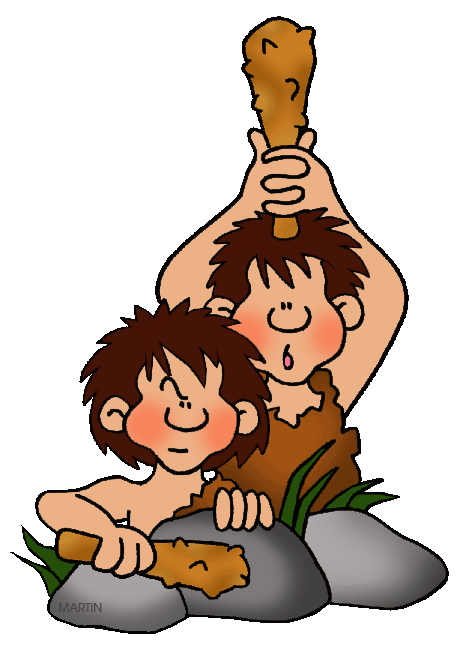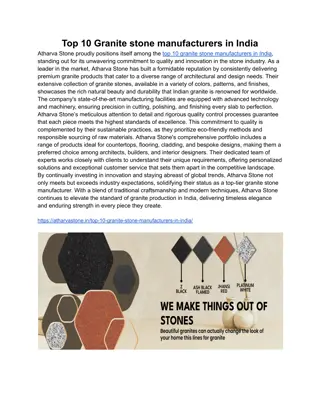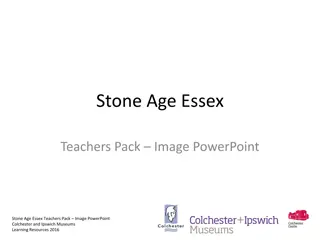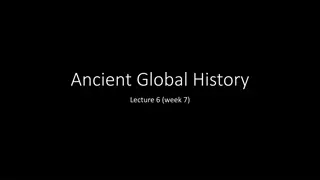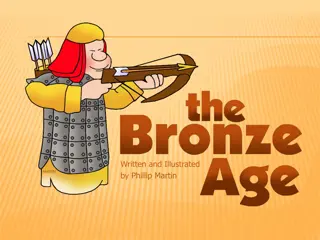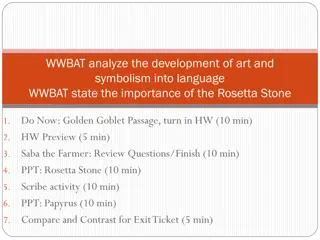Unveiling the Stone Age: A Journey into Human Prehistory
Delve into the captivating era of the Stone Age, a pivotal time in human history marked by the innovation of tools and weapons crafted from stones. From the Paleolithic to the Neolithic Ages, witness the evolution of early humans as they adapted, hunted, and created art, shaping the foundation of civilization. Discover the significance of each period and the technological advancements that defined them.
Download Presentation

Please find below an Image/Link to download the presentation.
The content on the website is provided AS IS for your information and personal use only. It may not be sold, licensed, or shared on other websites without obtaining consent from the author.If you encounter any issues during the download, it is possible that the publisher has removed the file from their server.
You are allowed to download the files provided on this website for personal or commercial use, subject to the condition that they are used lawfully. All files are the property of their respective owners.
The content on the website is provided AS IS for your information and personal use only. It may not be sold, licensed, or shared on other websites without obtaining consent from the author.
E N D
Presentation Transcript
Written and Illustrated by Phillip Martin
The Stone Age is the period of human history before the Bronze Age and the Iron Age.
The Stone Age gets its name from stones. But why? It is the age when early humans first started using stones for their tools and weapons. This was a game changer helping them hunt, build and make their lives easier.
Archaeologists study artifacts to determine when and where the Stone Age started. Not all places on the planet had development at the same time so dates vary. But, people started using tools about two million years ago.
Archaeologists divide the Stone Age into three periods, depending on the sophistication of the tools used. The three periods are the Paleolithic Age (Old Stone Age), the Mesolithic Age (Middle Stone Age) and the Neolithic Age (New Stone Age).
The Paleolithic Age (Old Stone Age) took place during the last ice age. It may come as a surprise to learn, the Paleolithic Age lasted so long it accounts for 99% of all human history!
In the Paleolithic Age, tools were also made from wood and bone. Languages developed and people even began to express themselves with art on the walls of caves.
The Mesolithic Age (Middle Stone Age) was the period of time between the ice age and the introduction of farming.
During the Mesolithic Age, weapons were more refined and smaller. This included arrows and spears. Man s best friend, the faithful dog, was domesticated at this time from wolves!
The Neolithic Age (New Stone Age) was the time between the start of farming and the beginning of the Bronze Age. By this time, people also had cows and sheep.
Farming permitted people to stay in one location instead of constantly moving in search of food. Communities grew, different roles in the community developed and trade connected people to other parts of the world.
North America Europe Asia Africa South America Australia Earliest human findings are in Africa. From there, early humans migrated into Europe and Asia before they continued on to the rest of the world.
The Stone Age The Bronze Age The Iron Age For more Presentations, see mrdonn.org for social studies and pppst.com for science, math, language arts and more.
